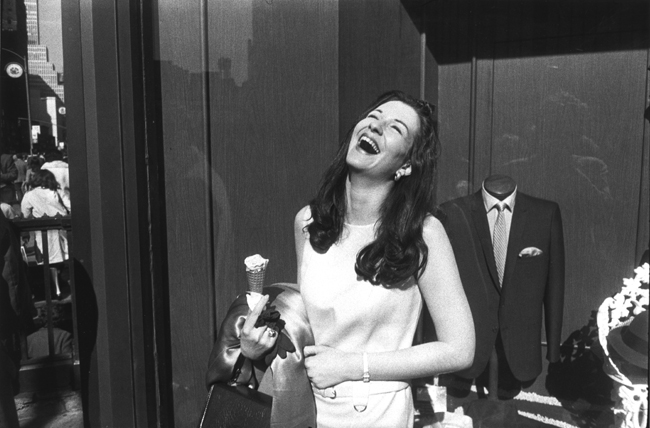 |
| Alvin Coburn - Ezra Pound vortograph 1917 |
Perhaps the most notable aspect of Clarke’s review of photographic manipulation is the absence of any discussion of computer technology. The book was published in 1997, which means Clarke was probably writing as late as 1996, a bit before the boom in digital imaging and the rise of Photoshop and other editing software. Just as well as we get an overview of what was possible in the days before mass computing, though Clarke confines his discussion to 20th century photography, omitting such 19th century manipulation such as combination prints or differential focus.
What comes through clearly in this survey is that photo manipulation was a practice of those who had a point to make, of photographers or artists aware of their role as producers of images. They were ideologically, philosophically, and/or politically motivated. Not many, it seems, manipulated photos simply because the outcome was aesthetically pleasing. There were perhaps a few - Rejlander’s combinations prints, Coborn’s vortographs, Man Ray’s Rayograms. But for the most part those who manipulated did so in order to create images that knowingly mocked photographic and aesthetic convention, perhaps most clearly seen in the philosophy of ostranenie, or making strange. Among the many schools or trends Clarke surveys are constructivism, surrealism, and satire. Techniques included unusual perspective, use of mirrors, multiple exposure, collage/montage, and the photogram.
#











